Abstract
Architecture is generally regarded as one the most ancient art of the world. The fact is that the architecture and planning of modern houses are aimed at combining the commodity, comfort, and reliability of the allover construction. The project, which will be described in this paper is planned with the requirements, entailing the aesthetic correctness of the lines, and endurance of the construction, as well as the ergonomic location of all the elements, included in the construction.
Introduction
The house was finally built in 1992, and, since that time its construction has not been changed. The construction time was 14 months, and the design project elaboration took 3 months from the first draft till the project was finally confirmed.
The aim of this paper is to analyze the architectural project of a domestic dwelling: the component parts of the building and the services, which are associated with these parts, as well as the description of the functional requirements, will be regarded for the complete analysis of the building.
Some of the parts require particular attention. Thus, the roof is of exclusive construction and presupposes ceramic tiling. The fact is that this coverage is intended to provide extensive thermal and sound insulation, as the district, where the house is located, is noisy, and with extensive traffic.
As for the cavity walls, it should be emphasized that this part of the allover construction presupposes the existence of two ‘skins’ separated by a hollow space. The skins are created of the concrete blocks. Taking into consideration the fact that concrete is an absorbent material, the damp proof layer is presupposed.
The services, provided in this house entail water and electricity. The paper is mainly focused on water, as the plan of water supply presupposes the water supply only in several rooms, such as the kitchen and bathrooms. Moreover, water is supplied for the backyard of the house for providing the possibility of gardening.
Elements of the construction
The project, which will be described is a double-story building with 4 bedrooms, 2 Car Stalls, and 2 Living Spaces.
The sizes of the construction are 72 feet in width, and 76 feet in depth.
The ceiling height is 10 feet. The main Roof Pitch is 7/12
Ext. Wall Const. Frame
Ext. Finishes: Stucco on the entire house.
Standard Foundations: Slab, Crawl Space
Optional Foundations: Basement, Walkout Basement
Architectural Style: Beach / Pilings / Colonial / Contemporary / Country / Southern / Traditional / Vacation.
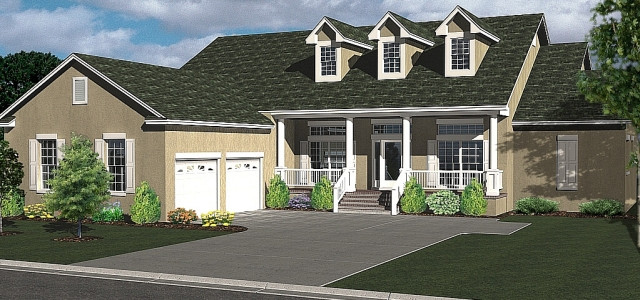
In spite of the fact that the building has two stories, the second floor is not intended for living at the moment. There are no internal walls, and no communications provided. (Palladian Architecture in Britain, 2004)
The amount, location, and design of the elements of the construction are elaborated with taking into consideration the main concerns of the comfort and commodity, based on the previous experience of the building. The fact is that all the sizes provided are the result of a study, dedicated to the matters of the comfortable location of the components, ergonomic use of the construction, and the issues, associated with the possibility of redesigning the construction. The fact is that the construction has not been changed since the final brick was laid, nevertheless, the opportunities for the extension and reconstruction were included in the draft plan.
Materials
The key element of any construction is the bricks. As for the matters of size, Home (2001, p. 291) emphasizes that the sizes of the bricks are standard:
In England, the length and the width of the common brick have remained fairly constant over the centuries, but the depth has varied from about two inches (about 51 mm) or smaller in earlier times to about two and a half inches (about 64 mm) more recently.
The actual size of the bricks was not found, and there is no possibility to measure it naturally.
Materials, which are used for the bricks are mainly clay and calcium silicate. The mixed materials offer increased temperature isolation and preservation of the microclimate within the house. Thus, coolness may be preserved in summer, and warmness will be easily saved in winter. The parts of the construction, which require particular temperature resistance are made of ceramic bricks. These are the boiler room, and the parts of the walls, where the heating tubes are built-in. In the light of this perspective, there is a strong necessity to mention that the materials for the bricks, which are used in the construction, are regarded to be ecologically clean, and absolutely harmless for the health. (Svoboda, 2006)
Blocks
The blocks are made of concrete and provide endurance for the whole construction. Originally, the living parts of the building are built of bricks, which are more heat-insulating, while blocks are used for garages. This variant of construction provides the opportunity for the safer extension and enlargement of the garage or a workshop if it appears to be necessary. (Gorst, 2005)
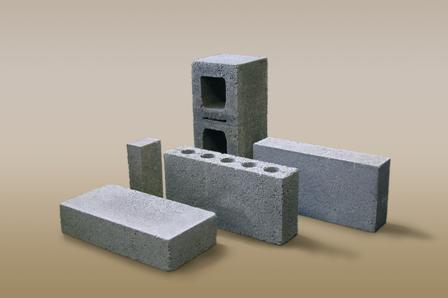
Products
The wall tiles, which are used for the construction, are designed with the increased safety factor for the windy weather and rainfalls. The key requirements, which were set for the ties are the endurance to corrosion (including endurance to acidic rains), increased endurance to the fatigue of metals. As Smith (2009, p. 229) emphasizes: “Improper installation may lead to water damage or fungus formation within the cavity, leading to structural and health hazards.” Consequently, the exclusive precision of the installation of the ties was regarded as the key factor for designing and performing this architectural project. Taking into account the close location to the water basin, and the underground waters, the possibility of construction deformation was taken into consideration. Thus, the ties should provide the necessary flexibility level, in order to tie the deformed construction until the new ties are adjusted, or the deformation is removed. (Perring, 2002)
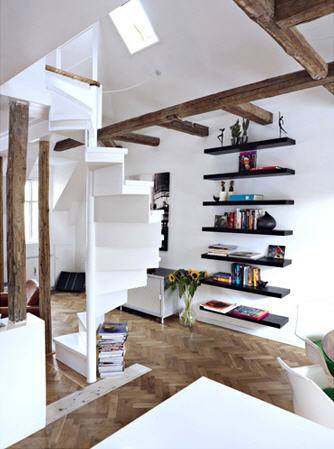
Damp-proof Course
Taking into consideration the fact, that the DPC is the material, aimed at the waterproof level increase of the construction, there is strong necessity to mention that the materials, used for the DPC covering in this project are intended to get dry rapidly. Originally, it stops water from rising to the ground floor. The actual position of the membrane is shown on Graph 1. In accordance to this graph, the membrane is located under the concrete slab and insulation, thus providing the increased water proof. (Stennott, 2004)
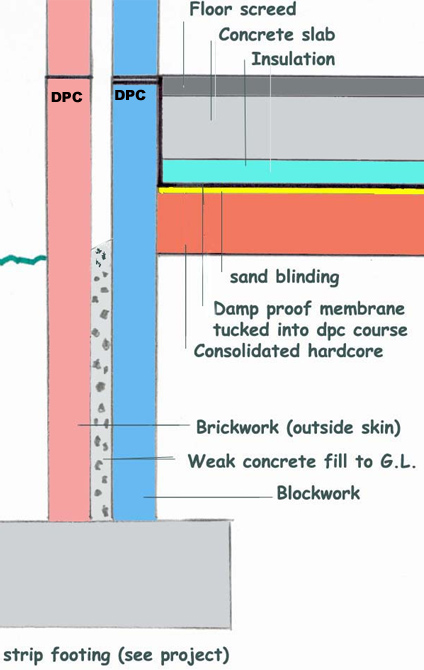
Lintel
The lintels, used for the construction are also designed with the intention to protect the dwellers from the specialties of the weather, thus, the trabeated system of horizontal beams (lintels) is used. The fact is that this system is borne up by columns or posts. In distinction with the arc-designed system, the trabeated principle is intended for the increased load of the construction, providing the increased endurance to rainy weather, strong autumn winds, and hailing.
Roof
The roof is tiled with high endurance metal covering. It provides sufficient insulation and is intended to endure hailing and hurricanes up to 7 points. The roofing is selected with such an immense safety factor, for it could be used for at least 20 years without replacement. (Stennott, 2004)
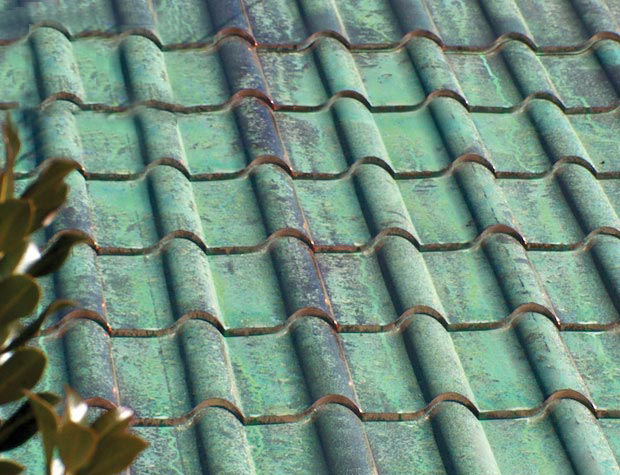
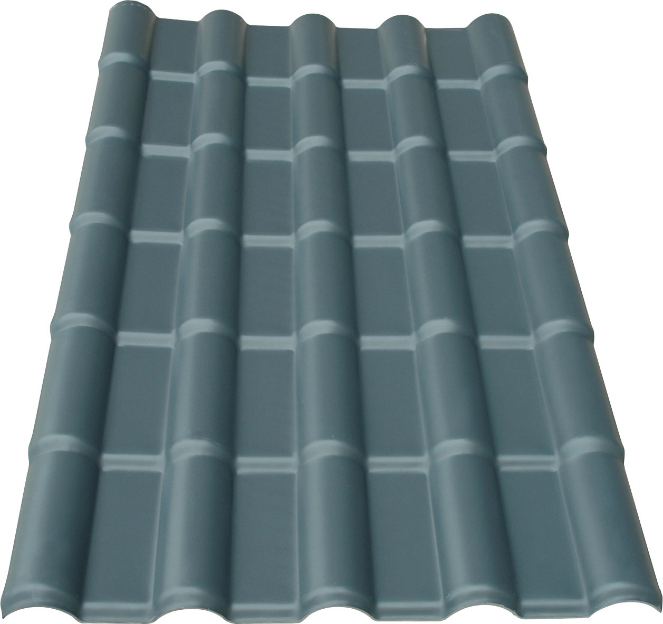
The metal construction, which was used as the carcass for the roof provides increased durability for the tiling, thus, the allover construction appears to be of increased endurance for resisting the natural factors and time. Like everything in this house, the roof was intended not to cause troubles for at least two decades for those who dwell in the house. Moreover, it should be emphasized that the original claim to the building materials, which was originated, is not only the increased endurance but also aesthetic correspondence of the outlook towards the environment and the surrounding houses. (Zemler-Cizewski, 2006)
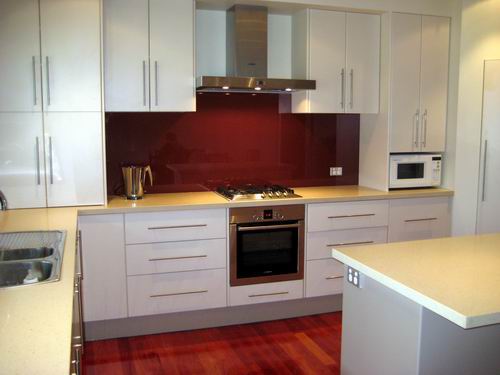
The Route of the Services
Water is provided to both bathrooms, the boiler room, and the kitchen. No other rooms require a water supply. Garages and workshops are without water supply either, as initially, it is not presupposed by the project. The plan shows the main water communications, including wastewater. Originally, the communications are transported through the boiler room, which is located in the basement, thus, it is not pictured on the plan. Water is transported to bathrooms and kitchen, as well as to the back yard for the gardening purposes.
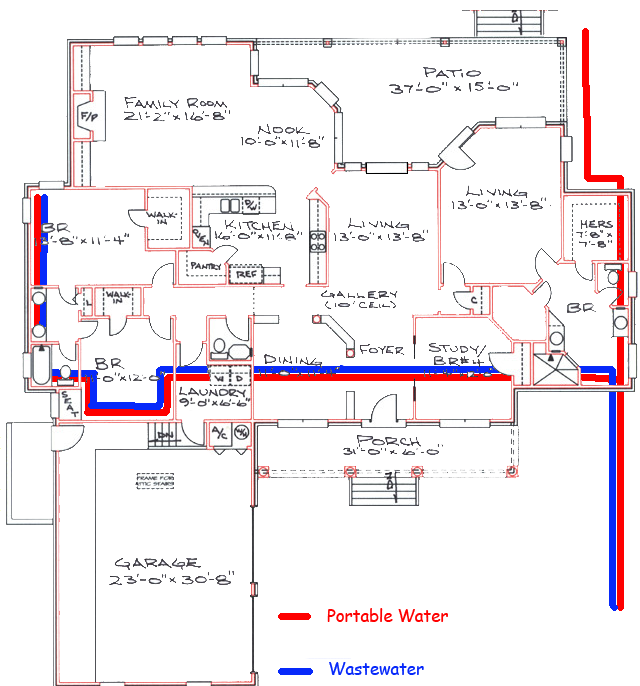
Originally, water transportation is intended to supply cold water and remove wastes from those parts of the house, which require it the most. Thus, wastewater removal is not required for the backyard, thus, the corresponding pipes are not provided for it.
All the communication services are provided from the side of the main street, where the central water and sewage are located. From this point of view, it should be stated that the services are provided in accordance with the city plan, thus, the project of the house was adapted to the general city plan. (The Architecture of Stephenson and Turner, 2004)
The construction of the stopcock provides the allover control over the water supply in the house and the communication system of the wastes. Originally, this house is not part of the municipal service supply system, thus, the dwellers are provided with an opportunity to control the service supply by themselves. The valves control cold water supply, water supply to and from the boiler, and wastewater supply.
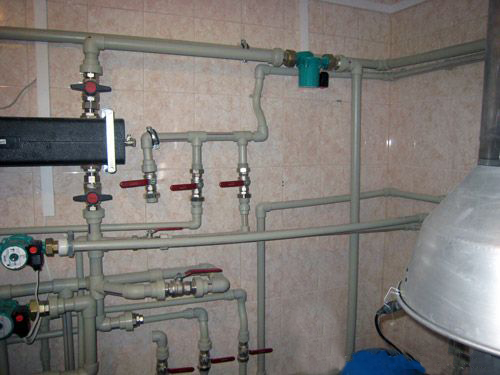
Reflection
The actual aim of this report was to reveal the realities of contemporary architecture and the particularities of the constructions, as well as the requirements for the materials used. The report helped to realize the trends of the designing process, which are applied while planning the houses, intended for comfort living and high endurance independently on the severity of the climate factors.
The only drawback of such reporting is the necessity to bring everything to the perfect order before making a photo, as architectural photography as a genre does not tolerate if something is not in its place.
Reference List
The Architecture of Stephenson and Turner. (2004). Architectural Science Review, 47(3), 315.
Gorst, T. (2005). The Buildings around Us. London: E & FN Spon.
Green Architecture. (2006). Architectural Science Review, 49(4), 425.
Hitchcock, H., Wurster, C. B., & Museum of Modern Art. (2007). Modern Architecture in England. New York: The Museum of Modern Art.
Home, R. (2001). Of Planting and Planning: The Making of British Colonial Cities. London: Spon Press.
The New British Museum Library. (2004). Architectural Science Review, 47(4), 402
Palladian Architecture in Britain. (2004). Architectural Science Review, 47(1), 89.
Perring, D. (2002). The Roman House in Britain. London: Routledge.
Smith, P. R. (2009). Technical Dictionary. Architectural Science Review, 52(1), 80
Stennott, R. S. (Ed.). (2004). Encyclopedia of 20th Century Architecture (Vol. 2). New York: Fitzroy Dearborn.
Svoboda, Z. (2006). Moisture Effects of Leakages in Building Construction: Finite Element Modelling. Architectural Science Review, 49(4), 340
Zemler-Cizewski, W. (2006). Art and Architecture of Late Medieval Pilgrimage in Northern Europe and the British Isles, 2 Vols. Theological Studies, 67(1), 215